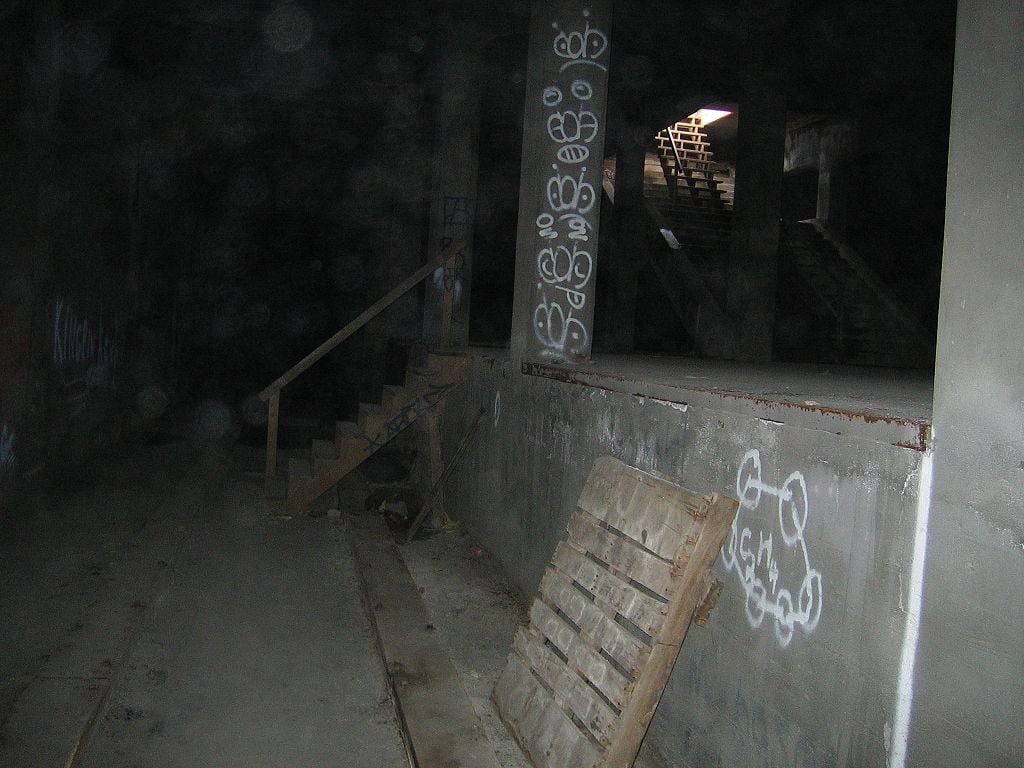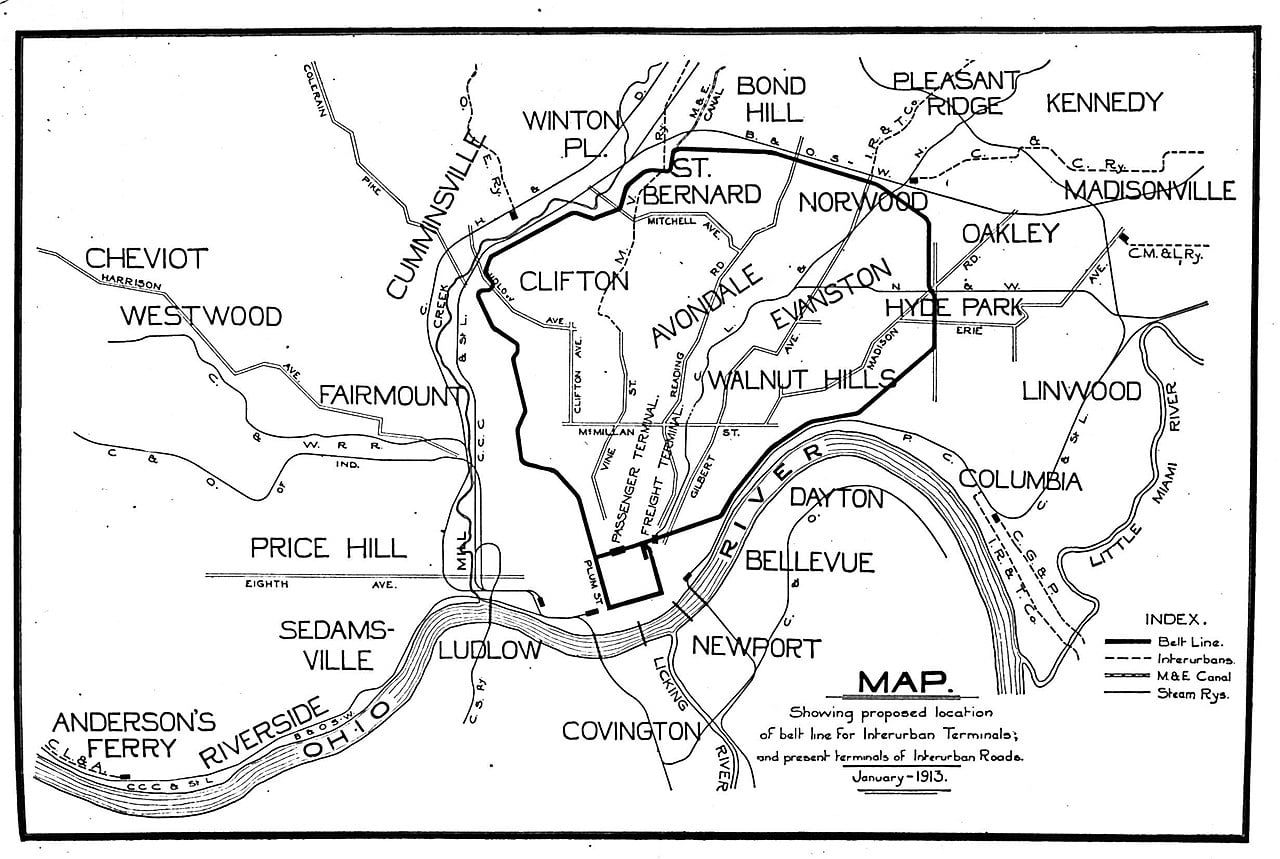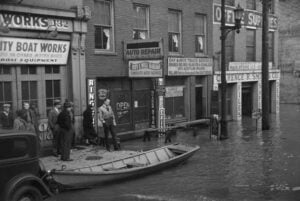The history of Cincinnati’s abandoned subway

The remains of Race St. Station, part of Cincinnati's abandoned subway project.
In the heart of America lies a vast, deserted subway system stretching over two miles beneath Cincinnati, Ohio along with abandoned stations. It’s a somber reminder of a time when the nation stood at the precipice of grand aspirations, only to see them crumble under the weight of World War I.
Cincinnati, a bustling home to around two million people and America’s 30th largest city, traces its roots back to 1788 when Colonel Robert Patterson and Israel Ludlow established the settlement. The city became an important river city around the time when steamboats coursing the Ohio River set up trade connections with St. Louis and New Orleans, placing the city firmly on the map. Notably, by 1811, the city’s flourishing pork and hay exports contributed to a population surge, tripling within a few decades.

Cincinnati’s public transportation history
Throughout the 19th and 20th centuries, Cincinnati’s public transportation sector underwent numerous transformations. Initially, horse-drawn carriages and omnibuses were the norm in the early 1800s, replaced by smoother, metal-rail integrated transportation by mid-century. Despite the city’s steep hills offering a challenge, the ingenious development of numerous inclines eventually became integral to the subway. In 1889, Cincinnati began converting its horse-drawn cars to electric streetcars.
Cincinnati’s subway plans
The concept of a subway gradually took hold within Cincinnati’s governing bodies, the focus being on utilizing the then largely irrelevant Miami and Erie Canal—part of a massive network of waterways that once spanned Ohio and the Midwest. By March 1912, a Rapid Transit Commission was formed with the task of advancing public transportation in Cincinnati. Initially, the proposed construction plan was priced at $12 million but later halved to $6 million due to financial constraints. The projected loop, spanning 16 miles, would utilize the old Miami and Erie Canal bed for tunnel construction under Central Parkway.

Why was Cincinnati’s subway abandoned?
The outbreak of World War I significantly impeded the tunnel development project, with construction not commencing until January 28, 1920. As war-induced inflation loomed, many Cincinnatians questioned whether the $6 million bond would complete the task. By 1928, the city ceased construction ceased altogether. The grand vision of a Cincinnati subway system was relegated to a distant dream. An estimated $6 million worth of unused subway tunnel lay forgotten beneath Cincinnati’s bustling streets for decades.
A 1948 Enquirer editorial titled “Pointless Now” aptly summarized the demise of the subway: “The whole concept of mass transportation has changed since the subway was begun, and if the project were completed now it would do very little to solve the basic problems to be faced in this year and coming years. Streetcars are heading toward oblivion. The interurban electric cars for which the subway primarily was designed already have passed into limbo. And while the completion of the subway would provide a very convenient underground downtown terminus for streetcars and busses it would not materially speed the movement of traffic and people to, from, and through the city.”

What are the remnants of Cincinnati’s abandoned subway?
In the 1960s, amidst the Cold War, one of the abandoned stations was temporarily repurposed as a nuclear bomb shelter. They were renovated and outfitted with sanitation, water, and heating.
Construction of I-75 destroyed a large portion of the underground passages, yet areas of the original subway remain hidden beneath the city, including all four initial construction stations.
Proposed renovations
Cincinnati’s forsaken subway’s future remains uncertain. Past proposals ranged from a 1969 plan by the Southern Ohio Diocese to hold a candlelight communion service in the “Cincinnati catacombs” to a 1974 plan to convert the tunnels into a shopping district and nightlife hotspot. However, these ideas fell through.
Ultimately, the tunnels and stations have never serviced passengers. Today, they are closed for public tours due to safety concerns. However, the city still regularly maintains them.
In the meantime, the story of Cincinnati’s subway is a stark reminder of what can be lost to time and circumstance.
Other Cincinnati posts:
The 1937 Ohio River Flood footage



